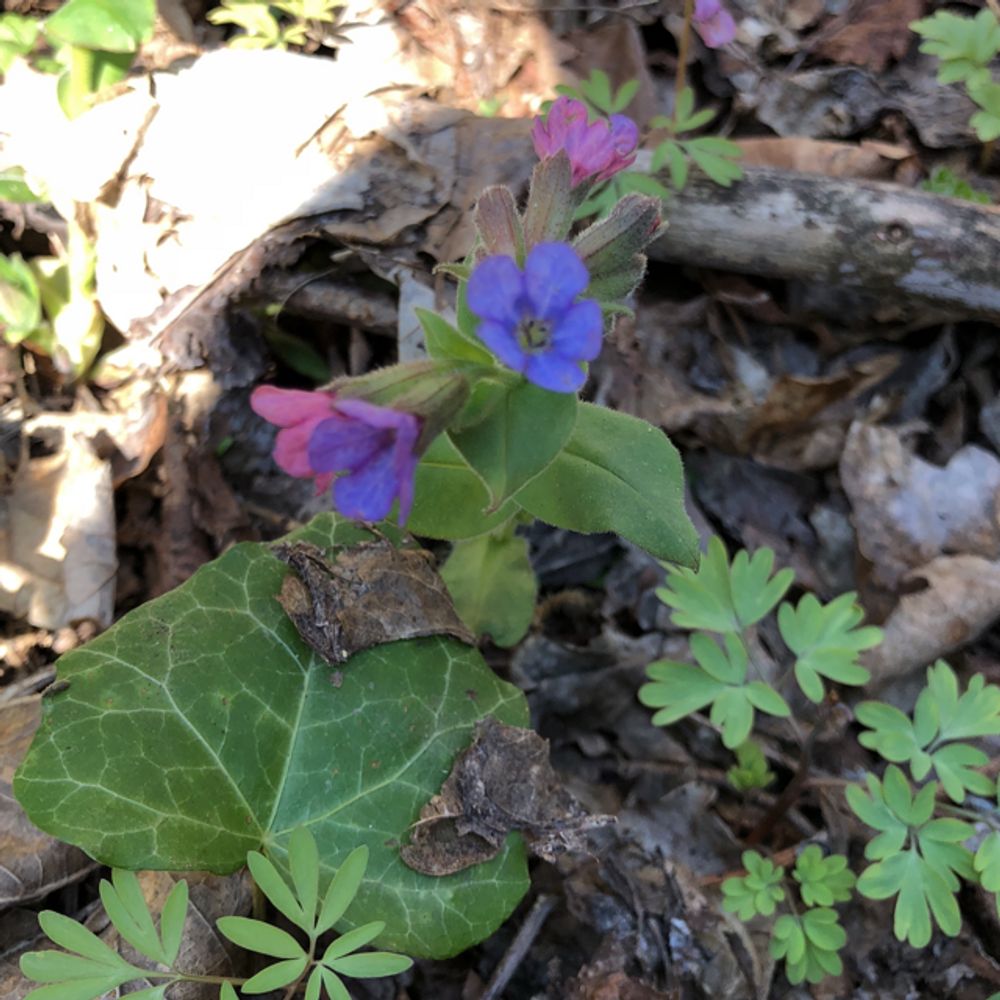Petunia
(Petunia)

Description
Petunias are beautiful flowering plants that are widely popular in gardens and containers around the world. They belong to the Solanaceae family, which includes other well-known plants such as tomatoes, potatoes, and eggplants. Petunias are native to South America, but have been cultivated and hybridized extensively over the years to create a wide variety of colors, shapes, and sizes. In this article, we will explore everything you need to know about petunia plants, from their history and taxonomy to their care and propagation. Taxonomy Petunias belong to the genus Petunia, which includes over 35 species. The most commonly grown species is Petunia x hybrida, which is a hybrid between Petunia axillaris and Petunia integrifolia. Petunias are classified under the order Solanales and the family Solanaceae. Other members of this family include tobacco, bell peppers, and nightshades. History Petunias were first discovered in the early 19th century by European explorers who traveled to South America. The name "petunia" is derived from the French word "petun," which means tobacco. In the 1820s, botanist Charles Gaudichaud-Beaupré collected specimens of petunias and sent them to Europe for study. The first petunias were not very showy and were primarily grown as curiosities in botanic gardens. It wasn't until the mid-19th century that plant breeders started to work on developing petunias with larger, more colorful flowers. By the 1920s, petunias had become a popular garden plant in Europe and North America. Today, petunias are one of the most popular annual plants in the world, and there are thousands of cultivars available in a wide range of colors and patterns. Appearance Petunias are herbaceous annual or perennial plants that typically grow to a height of 6-18 inches (15-45 cm) and a spread of 12-36 inches (30-90 cm). They have simple, ovate leaves that are arranged alternately on the stem. The flowers are trumpet-shaped and can be single or double, depending on the cultivar. They come in a wide range of colors, including white, pink, red, purple, yellow, and blue. Some cultivars have bi-colored or multi-colored flowers, and others have ruffled or frilly petals. Growing Conditions Petunias are relatively easy to grow and are adaptable to a wide range of growing conditions. They prefer full sun but can tolerate some shade, especially in hot climates. They also require well-draining soil that is rich in organic matter. Petunias are sensitive to water-logged soil, which can cause root rot. Petunias are typically grown as annuals, but they can also be grown as perennials in USDA hardiness zones 9-11. In colder climates, petunias should be planted in the spring after the last frost and can be grown throughout the summer. In hot climates, petunias can be planted in the fall and grown through the winter. Care and Maintenance Watering: Petunias should be watered regularly to keep the soil moist, but not waterlogged. They should be watered deeply at least once a week, or more frequently during hot, dry weather. Fertilizing: Petunias benefit from regular fertilization to promote healthy growth and blooming. A balanced fertilizer with equal parts nitrogen, phosphorus, and potassium can be applied every 2-3 weeks. Deadheading: To promote continuous blooming, petunias should be deadheaded regularly. This involves removing spent flowers before they set seed.
Taxonomic tree:







